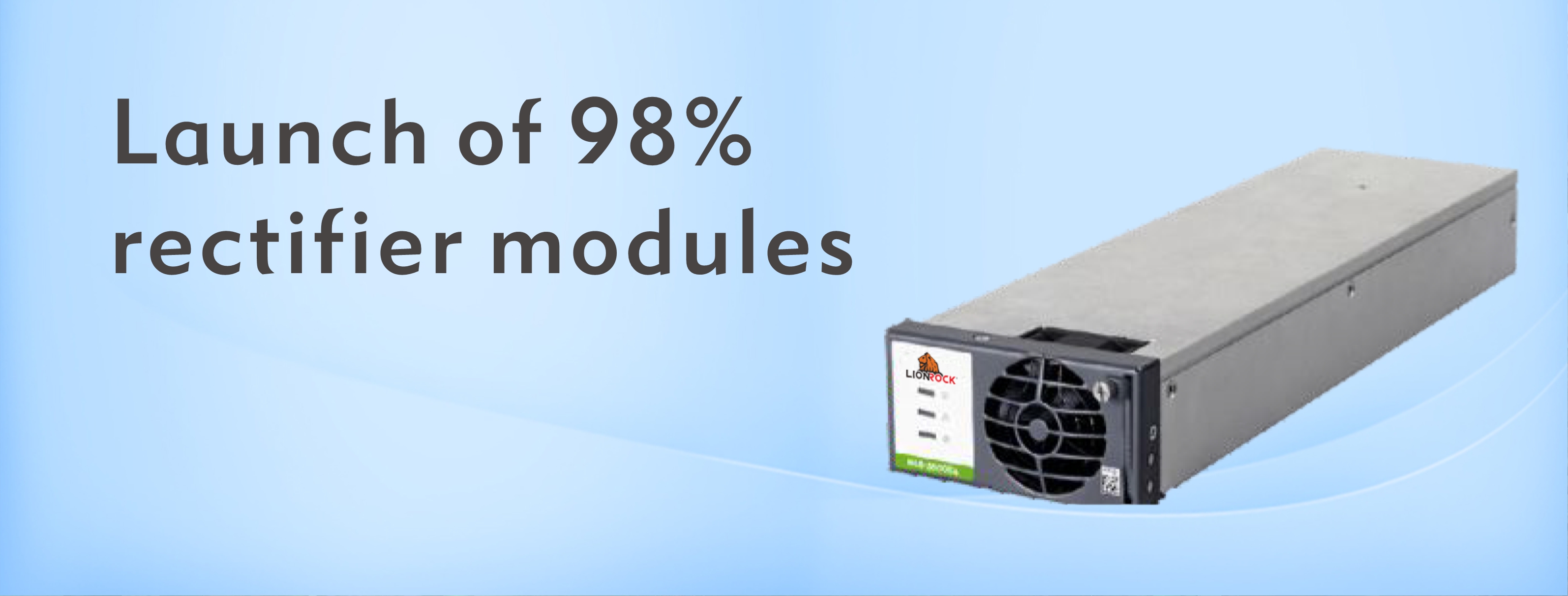
13
Mar.Under the global drive to minimize carbon emission, all electricity consumed equipment are under pressure to improve the efficiency. Telecommunication industry is no difference. AC/DC rectifier is a key component in 3Tech’s digital energy solutions for telecom industry.
For many years, 3Tech has been committed to providing reliable and highly efficient digital energy solutions for the industry. 96% efficiency rectifier module is always our standard. Although 98% efficiency rectifier modules were available in the market for a while, the technology and cost finally reach a more affordable level. 3Tech is glad to start offering 98% efficiency rectifier modules for customers.
Do you really need 98% efficiency?
Unlike 96% efficiency rectifier module which is consistently at 96% from 30 to 80% load, the 98% efficiency is only achieved in a more narrow capacity range from 30 to 50% and slowly decline to 97% at 80% load level. Therefore, the additional efficiency improvement is not necessary for everyone.

If we take a 9kW rectifier system as an example, the average efficiency gain is only 1.8% based on average load of 70%. The annual saving can be upto 1000kWh excluding the low activities night time. If you are operating a diesel generator to power the station, the saving of USD300 is significant based on diesel cost of USD1/L. The payback period is only 3 years based on a (3+1) x 3kW modular design. The annual emission reduction is upto 1ton.
However, there are other factors that may affect the saving and benefits. Lower AC voltage below 200V will reduce the efficiency of the module. Saving will be lower when low cost mains power being used. If the remote station is powered by 100% renewable energy with back up power, the saving will be even lower.
With the launch of the 98% efficiency rectifier modules, 3Tech is now able to offer more flexible solutions to customers to address their individual needs. Therefore, it is important to talk 3Tech expert team to allow us to design the most economic and practical solutions.
STAY CONNECTED